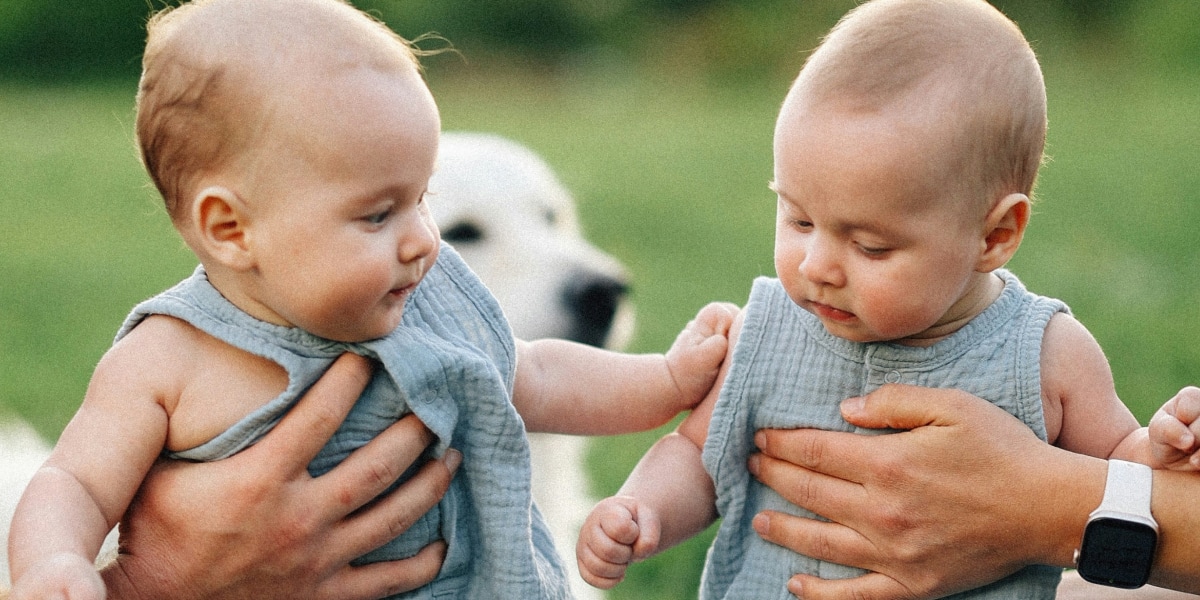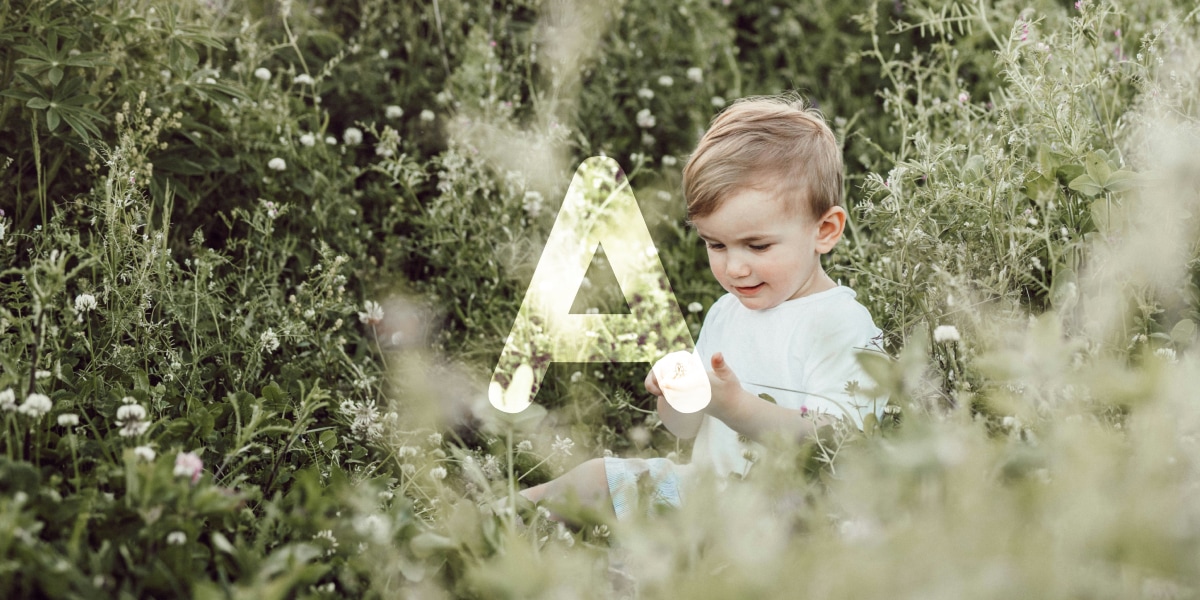
How to Choose the Perfect Name for Your Newborn Baby in 2025
Naming your newborn is a deeply personal and exciting decision, but it can also feel like a big responsibility.


Julia’s origins gleam in antiquity. In ancient Rome, Iulia was a prominent family name within the Julius clan, tied to Jupiter (Jove), the king of gods, symbolizing divine lineage and vitality. Julia Augusta, wife of Emperor Augustus (1st century BCE), crowned it with imperial grace.
In medieval Europe, Julia softened into a given name, often borne by saints like Saint Julia of Corsica (5th century), adding a layer of martyrdom and resilience. Though steady through the centuries, Julia glowed quietly, a symbol of youth awaiting rediscovery.
The name bloomed in the 19th century, as Romanticism favored its gentle strength — think poets praising eternal spring. By the 20th century, Julia surged, lifted by pop culture. Julia Roberts, the radiant actress of Pretty Woman (1990), draped it in warmth and stardom, sparking its modern rise. This blend of history and allure turned Julia into a timeless favorite.
Culturally, Julia shines across borders. In Italian and Spanish, Giulia and Julia echo its Roman roots, a staple in songs and tales — think "Giulia bella" in Italy. Nicknames like Jules or Lia add a tender snap, yet its meaning — "youthful" — carries a spirited weight.
In Slavic lore, Julia dances in youthful legends, while in France, it pairs with "jeunesse" (youth) in poetic trends. From Europe to the Americas, Julia casts a universal spell, blending ancient vigor with fresh appeal.
Famous Julias have enriched its legacy. Julia Child (1912–2004), the culinary pioneer, ties it to joyful mastery, revolutionizing cooking on TV. Julia Gillard (born 1961), Australia’s first female prime minister, links it to leadership and grit. In music, Julia Michaels (born 1993), the singer-songwriter, amplifies its soulful vibe. These figures showcase Julia’s range—spanning art, power, and grace.
Today, Julia holds strong on name charts. In 2023, it ranked #114 for girls in the U.S. (per SSA.gov), from #112 in 2010, reflecting its classic flair. In the U.K., it hit #72 in 2022 (ONS data). Parents adore its vibrant beauty and enduring edge — a name that feels timeless yet new. Whether inspired by its Roman roots, its saintly echo, or its youthful glow, Julia carries an enchanting presence. It blooms like spring, offering energy and poise to those who wear it—a bright thread in a vast tapestry.
Julia pairs beautifully with names that echo its youthful charm or ground its lively glow. For siblings, consider Emma (whole), Leo (lion), or Clara (bright) to keep the classic theme alive. Softer picks like Lily or Finn balance Julia’s spirited lift. As a middle name, Julia shines in combinations like Ava Julia, where its flowing syllables sing, or Rose Julia, blending flower and youth. In 2023, U.S. parents loved Julia Grace and Julia Marie (per SSA trends), merging timeless virtue with youthful mystique. Whether leading or following, Julia’s versatility lights up any duo.
For a quirky duo, try Julia and Jude — youthful siblings threading the family tree.
Julia’s variations add subtle twists. In French, Juliette keeps the youthful tie, while Giuliana (Italian) adds a warm lilt. Julita, a rare diminutive, evokes a dainty flair, and Yulia (Russian) nods to its Slavic roots. These variants highlight Julia’s adaptability, from classic to creative.
Love Julia’s youthful vibe? Try Lila (night) or June (youth goddess) for more lively charm.


Naming your newborn is a deeply personal and exciting decision, but it can also feel like a big responsibility.

Discover the top 20 boys’ names starting with A in 2025 — Asher, Alexander, August & more — with meanings, trends, and why they’re popular.